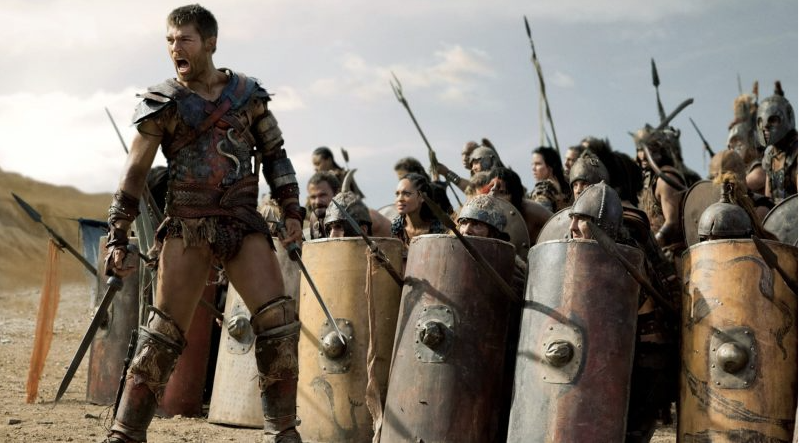The Roman economy and way of life relied on the free labor of slaves. Male and female slaves provided skilled and unskilled services, not only as laborers in the fields and mines, but also as tutors for children, keepers of the financial accounts and a source of easy sexual gratification. A wealthy Roman could own up to 500 slaves. At the emperor’s court, the number probably exceeded 20,000, where a slave could wield power and influence beyond the reach of many free citizens. Slavery accounted for about 25 percent of the Roman population.
The life of a slave could be extremely difficult: Tens of thousands were worked to death in mines and quarries. Considered property, slaves had no rights and no voice. Many were treated like animals, while others were treated like family members. Some were lucky enough to buy their freedom or be freed. Emancipation conferred citizenship status, but freed slaves could never escape their servile origins. The first generation of freedmen were not granted full citizenship, and through patronage relations their former owners continued to benefit from them. The commercial ventures of experienced freed slaves could be extremely successful, placing former slaves among the wealthiest Romans.

Spartacus and the Slave Revolt
In 73 BC, Spartacus, a slave being trained as a fighter at a gladiatorial school in Capua, escaped with other slaves being trained as gladiators. He escaped because of the cruelty of his masters who kept them locked up. It was planned that 200 people would escape together, but only 78 made it and they all took refuge together on Mount Vesuvius. They were probably joined by laborers and slaves who had fled from the nearby latifundia. Thus they became the focal point of a very serious rebellion.
There is still some debate about the final numbers of Spartacus’ army, but it is said to have numbered between 70,000 and 120,000, which, while perhaps not very organized, would have been large and good enough to cope with the Roman forces sent against them. Spartacus’ army had fought its way north to the Gallic border, where it was thought that they would (probably) disperse. But the army turned back and continued to ravage Italy. Spartacus enjoyed many more military successes until the Roman general Crassus finally trapped him (71 BC). Crassus crushed Spartacus’ army and had all the survivors crucified, lining them up along the Appian Way from Rome to Capua. This is a distance of 185 kilometers. Since there were 6000 survivors, there must have been a cross every 27-32 meters.
- resource utilized: Veni, Vidi, Vici: Everything You Ever Wanted to Know About the Romans But Were Afraid to Ask

